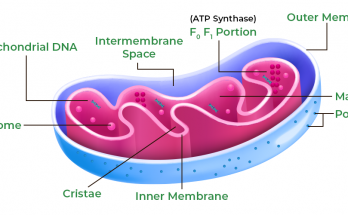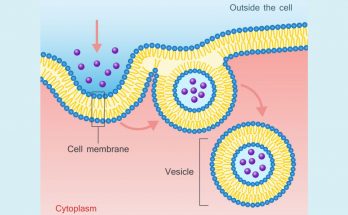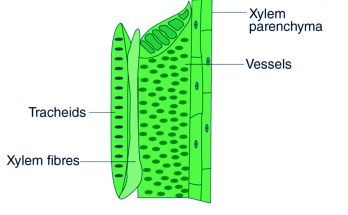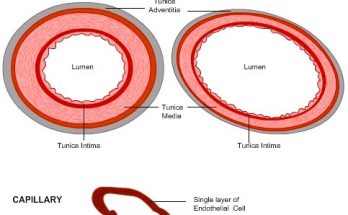
Short Note on Mitochondria
Mitochondria, the ‘Powerhouse of the cell’, are double-membrane organelles found in eukaryotic organisms. They function as the cell’s digestive system and play an important role in energy production through oxidative phosphorylation. With their unique structure and multiple functions, mitochondria regulate metabolism, promote cell growth, detoxify ammonia, induce apoptosis and maintain calcium ion balance, making them essential for cellular activities.
Short Note on Mitochondria Read More



